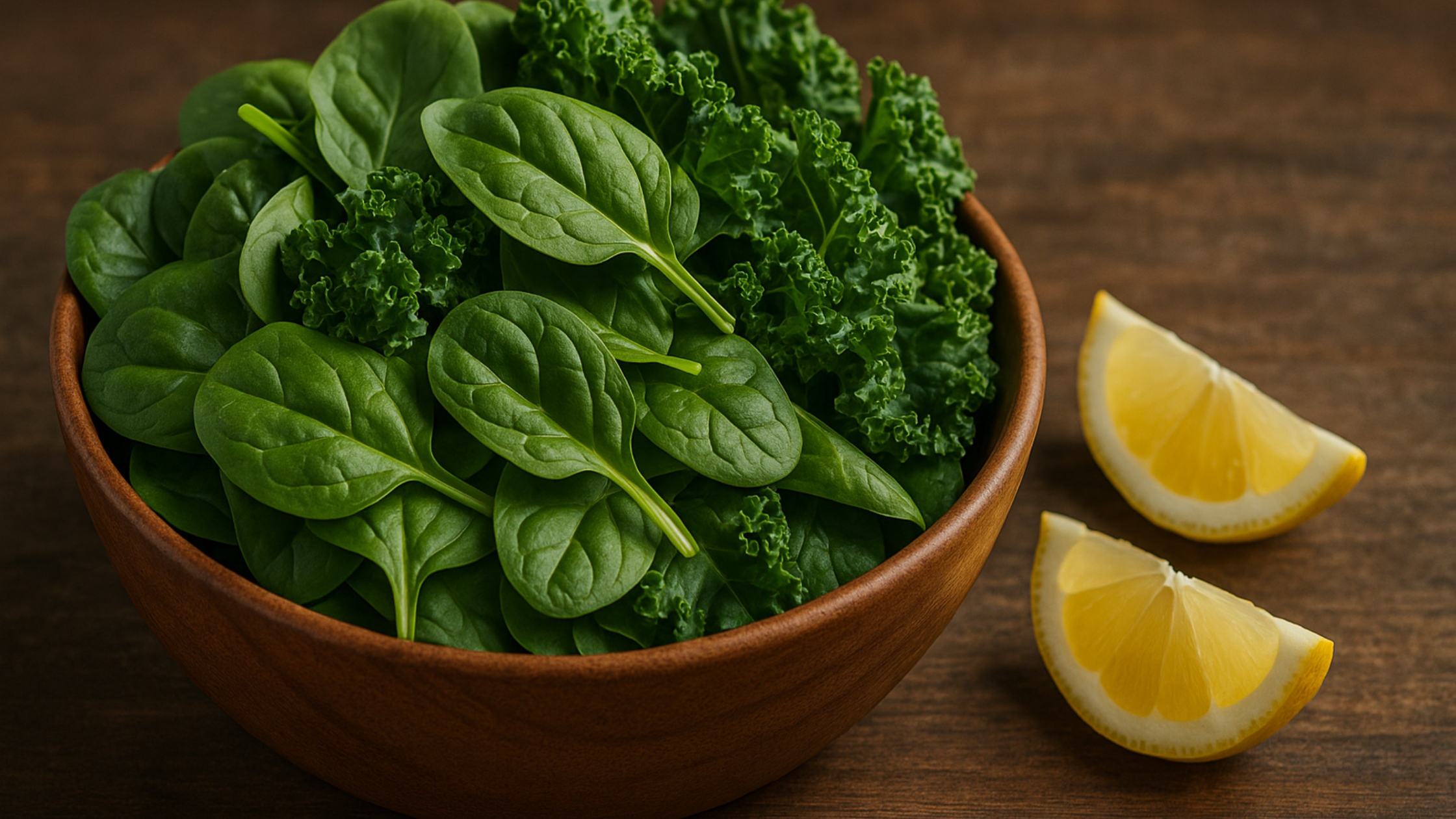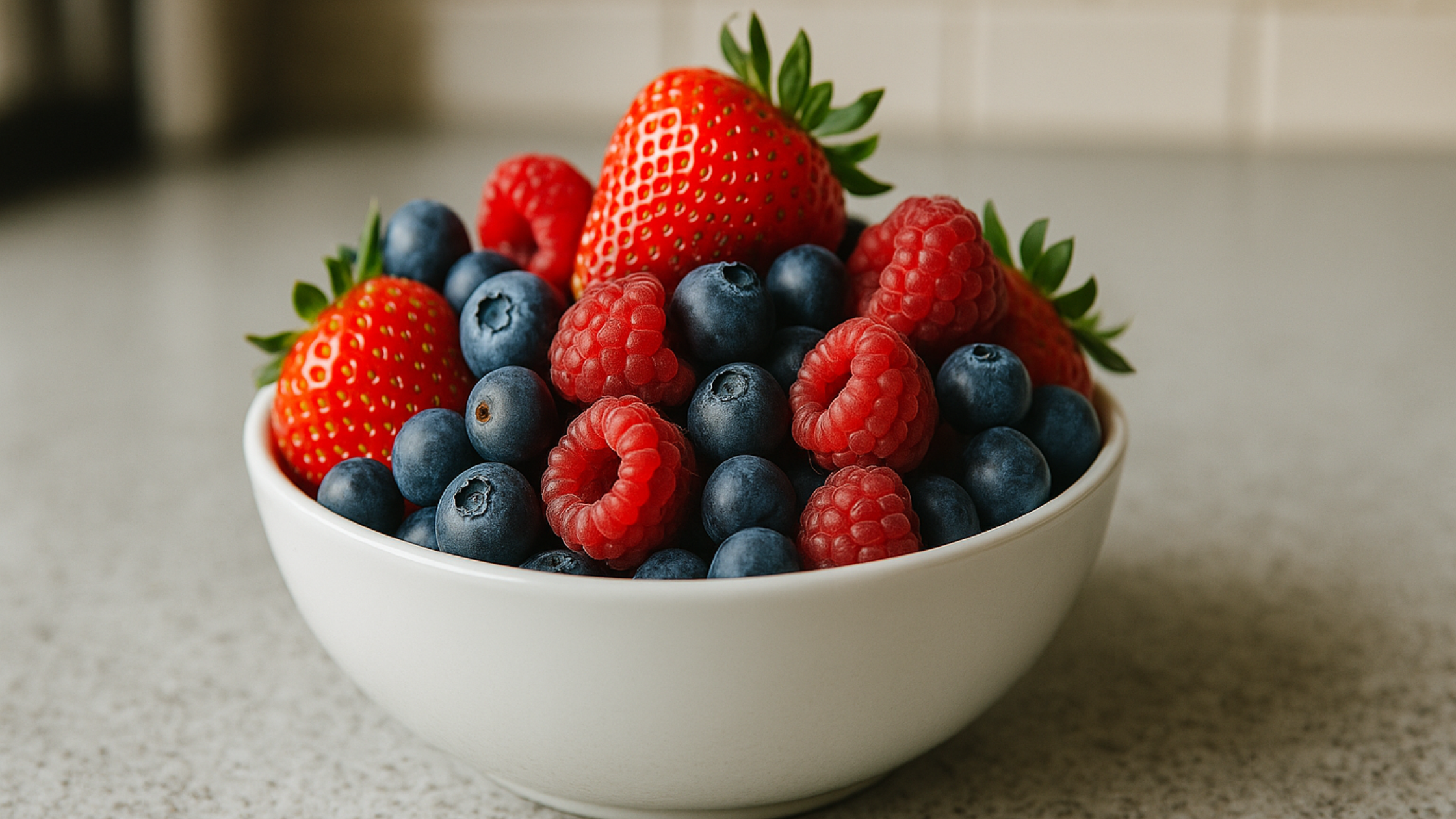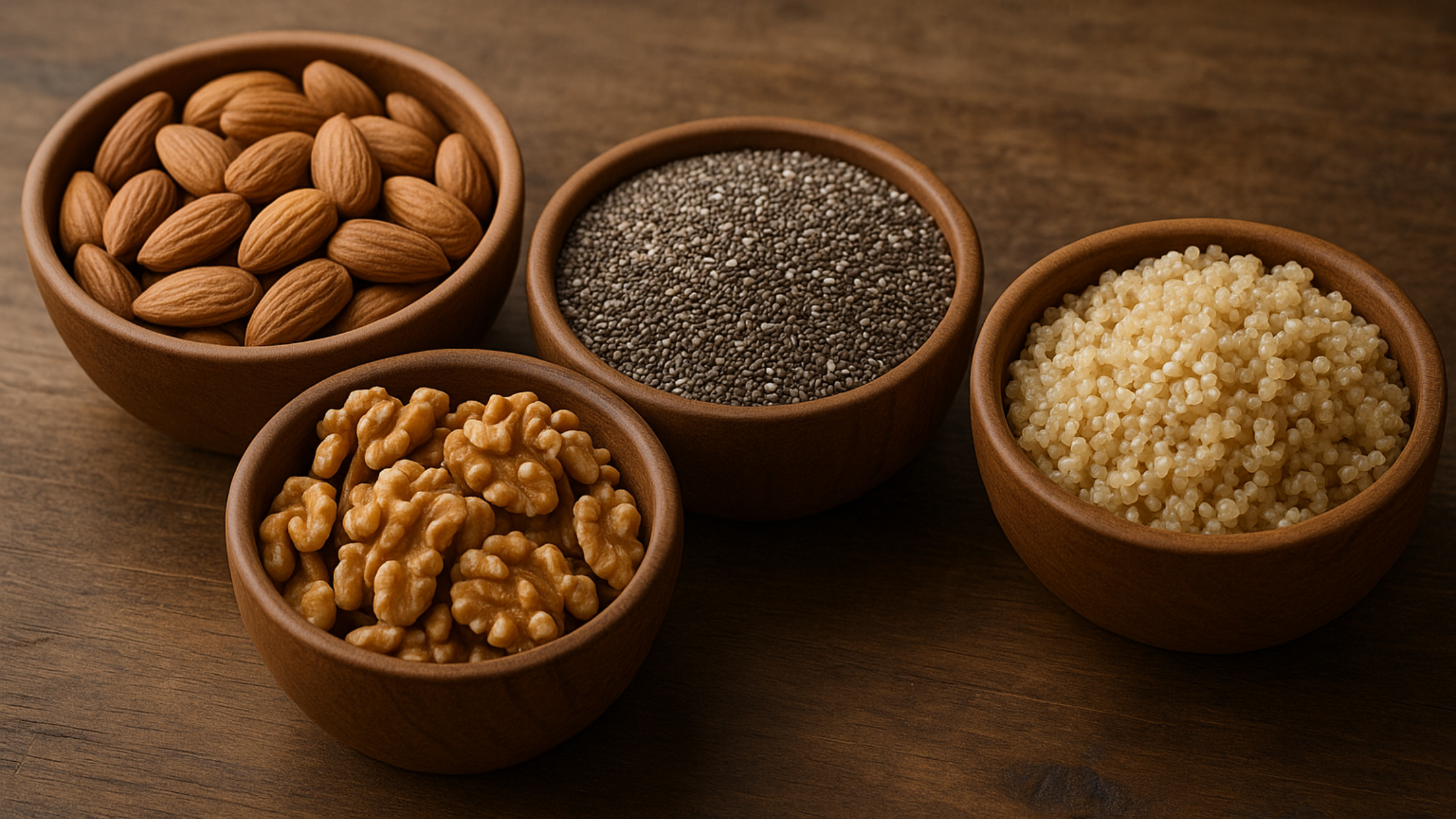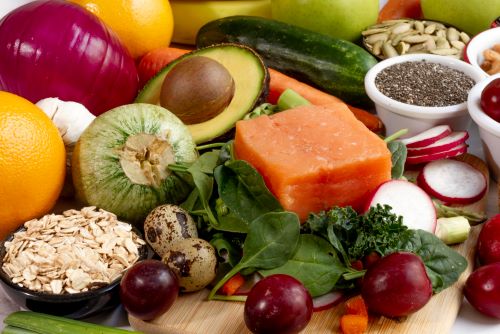Foods with high nutrition are the foundation of a long, healthy life. In a world where calorie-rich but nutrient-poor meals dominate modern diets, focusing on nutrient-dense foods gives your body the vitamins, minerals, antioxidants, and fiber it needs, without the empty calories. These foods don’t just fill your stomach; they fuel your cells, strengthen your immune system, and improve every aspect of your health, from cognition and skin to energy and metabolism.
But not all healthy foods are created equal. Some deliver a concentrated punch of essential nutrients per bite—these are the ones that belong on your plate every day. In this guide, we’ll explore the most scientifically supported foods with high nutrition, explain what makes them nutritionally superior, and show you how to incorporate them into your meals for optimal health benefits.
What Makes a Food Nutrient-Dense?
Before diving into specific foods, it’s essential to understand what “high nutrition” really means. A food is considered nutrient-dense when it delivers a high concentration of vitamins, minerals, and beneficial compounds (like fiber, antioxidants, or omega-3s) relative to its calorie content.
This doesn’t always mean low-calorie—nuts and fatty fish, for example, are calorie-dense but still extremely nutrient-rich. The goal is maximum nourishment per bite.
Key characteristics of high-nutrition foods include:
- High vitamin and mineral content
- Antioxidants and phytonutrients
- Whole-food form (minimally processed)
- Balanced macronutrients
- Health-enhancing properties (anti-inflammatory, immune-supporting, etc.)

1. Leafy Greens: The Nutrient Density Champions
Among all foods with high nutrition, dark leafy greens like spinach, kale, Swiss chard, and collard greens stand out. These vegetables are incredibly low in calories yet packed with essential micronutrients.
Spinach, for example, provides high levels of vitamin K, vitamin A (as beta-carotene), folate, manganese, iron, and magnesium—all while containing fewer than 25 calories per cup.
Kale goes a step further, offering glucosinolates—plant compounds with potential cancer-fighting properties. These greens are also rich in lutein and zeaxanthin, antioxidants that protect eye health and may reduce the risk of age-related macular degeneration.
Raw or cooked, leafy greens should be a daily staple. Light steaming improves the absorption of fat-soluble vitamins while preserving most nutrients.

2. Fatty Fish: Omega-3s and High-Quality Protein
Salmon, sardines, mackerel, and anchovies are some of the most nutrient-dense animal foods available. In addition to providing complete protein and B vitamins, fatty fish are one of the richest sources of omega-3 fatty acids (EPA and DHA), which reduce inflammation, support brain health, and promote cardiovascular wellness.
Salmon, for example, is also a great source of selenium, vitamin D, and potassium. These nutrients support everything from immune function and thyroid regulation to nerve transmission.
Consuming fatty fish 2–3 times per week is associated with reduced risk of heart disease, improved mood, and lower inflammation markers in the body
3. Eggs: A Compact Powerhouse of Nutrition
Often underestimated, eggs are among the most complete and affordable foods with high nutrition. A single large egg contains about 70 calories and offers protein, healthy fats, choline (important for brain health), vitamin D, B12, and selenium.
Egg yolks also contain lutein and zeaxanthin, antioxidants that protect eye health, while the protein in eggs is highly bioavailable, meaning the body uses it efficiently.
Learn more in our guide on nutrition facts for chicken breast.
Contrary to past misconceptions, moderate egg consumption does not significantly impact heart disease risk in healthy individuals, and their nutritional value far outweighs the outdated concerns over cholesterol.

4. Berries: Antioxidant-Rich Superfruits
Among fruits, berries—especially blueberries, strawberries, raspberries, and blackberries—are some of the most nutrient-dense choices. Despite being naturally sweet, they are low in sugar and high in fiber, making them ideal for blood sugar control, heart health, and weight management.
For another low-calorie, antioxidant-rich, and hydrating option, check out our guide on nutrition facts for cucumber—an often overlooked vegetable with surprising health benefits.
What sets berries apart is their exceptional antioxidant content. Blueberries, in particular, are rich in anthocyanins, which have been linked to improved brain function and reduced oxidative stress. Strawberries provide a potent dose of vitamin C, manganese, and anti-inflammatory polyphenols.
Adding just a half-cup of mixed berries to your breakfast, smoothies, or snacks can provide a powerful antioxidant boost with minimal calories.
5. Cruciferous Vegetables: Cancer-Fighting Compounds
Cruciferous vegetables like broccoli, Brussels sprouts, cauliflower, and cabbage are often considered some of the healthiest foods on the planet. They are low in calories but offer substantial amounts of vitamin C, vitamin K, folate, and fiber.
Most notably, these vegetables contain sulforaphane, a sulfur-rich compound shown to have anti-cancer properties by neutralizing carcinogens and reducing inflammation. Broccoli also supplies lutein, which supports cognitive and visual health.
Steaming these vegetables lightly retains most of their nutrients while reducing bitterness. Including them several times a week may support detoxification, hormonal balance, and long-term disease prevention.
6. Nuts and Seeds: Small in Size, Huge in Nutrients
Though calorie-dense, nuts and seeds are undeniably high in nutrition. They are rich in healthy fats, plant-based protein, fiber, and a wide range of vitamins and minerals.
Almonds are especially high in vitamin E and magnesium. Walnuts provide alpha-linolenic acid (a plant-based omega-3). Chia and flaxseeds are excellent sources of fiber and lignans—phytonutrients that support hormonal balance and cardiovascular health.
Even a small handful (1–2 tablespoons) of seeds or a ¼ cup of nuts can significantly enhance the nutritional profile of your meals, while promoting satiety, brain health, and metabolic stability.
7. Legumes: High-Protein Plant-Based Staples
Beans, lentils, chickpeas, and peas provide a triple threat of protein, fiber, and micronutrients, making them foundational foods for both plant-based and omnivorous diets.
Legumes are especially rich in iron, zinc, folate, magnesium, and potassium, as well as resistant starch—a form of carbohydrate that feeds beneficial gut bacteria and improves insulin sensitivity.
Regular intake of legumes is associated with lower cholesterol, better blood pressure control, improved digestive health, and even reduced cancer risk. Soaking or sprouting beans before cooking can improve nutrient absorption and reduce digestive discomfort.

8. Whole Grains: Sustained Energy with Added Nutrients
Unlike refined grains, whole grains retain the bran, germ, and endosperm—meaning they offer more fiber, B vitamins, antioxidants, and trace minerals.
Examples of nutrient-rich grains include:
- Quinoa: A complete protein and high in iron and magnesium
- Oats: Excellent for beta-glucan fiber that supports heart health and blood sugar regulation
- Brown rice: Rich in selenium, B1, and phosphorus
- Buckwheat and millet: Gluten-free options with strong nutrient profiles
Whole grains are especially valuable for energy, satiety, and blood sugar balance when consumed in moderation and paired with proteins or healthy fats.
9. Fermented Foods: Nutrition Meets Gut Health
Yogurt, kefir, sauerkraut, kimchi, miso, and tempeh belong to a category of high-nutrition foods with added probiotic benefits. Fermentation enhances the bioavailability of nutrients and introduces beneficial bacteria that improve digestion, immune health, and mood.
Yogurt, for instance, is a good source of protein, calcium, and B vitamins. Sauerkraut and kimchi add vitamin C and antioxidants, while supporting gut flora.
Fermented foods also improve nutrient absorption, particularly for minerals like zinc, iron, and calcium, making them highly synergistic when combined with other nutrient-rich foods.
10. Colorful Vegetables: Nature’s Multivitamins
In addition to leafy greens and cruciferous options, vibrantly colored vegetables like bell peppers, carrots, beets, sweet potatoes, and tomatoes offer a range of phytonutrients and antioxidants that target different health systems.
- Carrots provide beta-carotene for eye and skin health
- Beets are rich in nitrates, supporting blood flow and exercise endurance
- Sweet potatoes offer complex carbs, fiber, and vitamin A
- Tomatoes contain lycopene, an antioxidant linked to heart and prostate health
Eating a variety of colors ensures a broad intake of protective compounds that go beyond basic vitamins and minerals.
11. Sea Vegetables: Trace Minerals and Iodine
Though less common in Western diets, seaweeds like nori, kelp, and wakame are incredibly rich in iodine, calcium, magnesium, and chlorophyll. These foods support thyroid function, detoxification, and mineral replenishment, especially for those with limited seafood intake.
A small amount of seaweed added to soups, salads, or rice dishes can provide a unique mineral profile while supporting immune and hormonal health.
12. Organ Meats: The Most Nutrient-Dense Animal Foods
Though not widely consumed, liver, kidney, and heart are among the most concentrated sources of vitamins and minerals available. Beef liver, for example, is loaded with vitamin A, B12, iron, zinc, and folate, often surpassing the RDA for multiple nutrients in just a few bites.
Organ meats are ideal for people with anemia, chronic fatigue, or nutrient deficiencies, but should be consumed in moderation due to their richness and cholesterol content.
How to Build a Diet with Foods High in Nutrition
Creating meals around nutrient-dense foods is simple once you prioritize whole, minimally processed ingredients. Focus on balance:
- A base of vegetables and legumes
- Protein from eggs, fish, or lean meats
- Healthy fats from nuts, seeds, or avocado
- Functional toppings like fermented foods or herbs
Preparation matters too. Light cooking (steaming, baking, sautéing in olive oil) preserves nutrients. Pair fat-soluble vitamins (like A, D, E, and K) with healthy fats for better absorption.
Rotating a variety of nutrient-dense foods ensures that your diet covers a wide range of essential nutrients, reducing the risk of deficiencies and supporting long-term health.
Frequently Asked Questions (FAQs)
Q: What is the most nutrient-dense food overall?
Many experts point to liver, particularly beef liver, due to its exceptionally high content of vitamins A, B12, iron, and folate. However, leafy greens and fatty fish are often preferred for regular consumption due to palatability and balance.
Q: Are all low-calorie foods high in nutrition?
Not necessarily. Some low-calorie foods, like iceberg lettuce or cucumbers, offer hydration but fewer nutrients per gram than options like spinach or kale.
Q: Can I get all nutrients from plants alone?
Yes, but it requires careful planning. Nutrients like B12, iron, and omega-3s may be harder to obtain and often require fortified foods or supplements on a strict plant-based diet.
Q: How often should I eat nutrient-dense foods?
Every day. A consistent intake of diverse, nutrient-dense foods helps build and maintain health across all systems—immune, metabolic, digestive, and neurological.
Q: What are the signs of a nutrient-deficient diet?
Common signs include fatigue, brain fog, brittle nails, dry skin, poor immunity, and muscle loss. These often indicate low intake of iron, B vitamins, protein, or essential fats.
Conclusion: Nourish More with Every Bite
The power of your diet lies not just in what you avoid, but in what you include. Foods with high nutrition provide the foundation for resilience, vitality, and disease prevention. From leafy greens and berries to fermented foods and fatty fish, building your meals around nutrient-dense ingredients ensures that your body receives the fuel it truly needs.
Rather than obsessing over calories or trends, focus on whole foods that deliver maximum nutrients. Over time, this approach not only transforms your health but also simplifies your approach to eating, making food a source of energy, clarity, and strength.
Want more healthy eating inspiration? Explore our blog for more insights on foods with high nutrition and smart meal choices.













